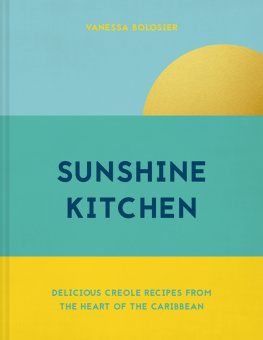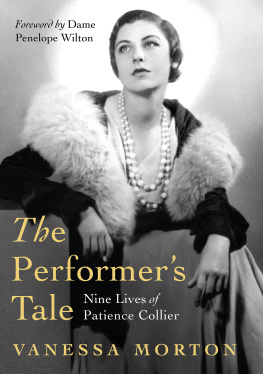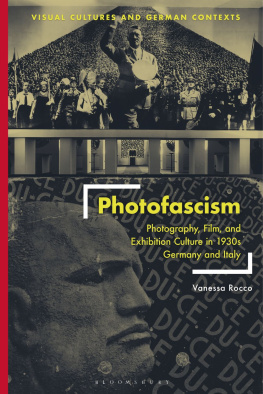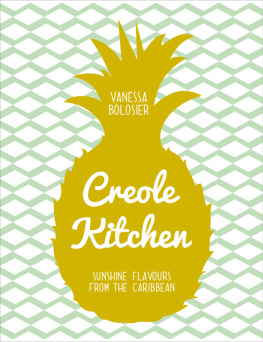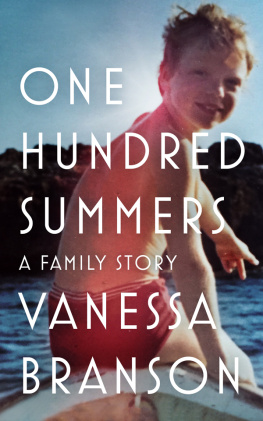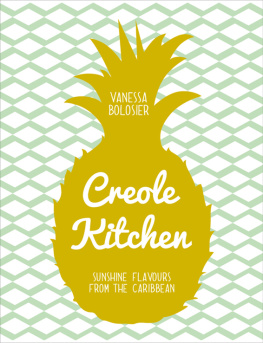Vanessa Bolosier - Sunshine Kitchen
Here you can read online Vanessa Bolosier - Sunshine Kitchen full text of the book (entire story) in english for free. Download pdf and epub, get meaning, cover and reviews about this ebook. publisher: Pavilion, genre: Home and family. Description of the work, (preface) as well as reviews are available. Best literature library LitArk.com created for fans of good reading and offers a wide selection of genres:
Romance novel
Science fiction
Adventure
Detective
Science
History
Home and family
Prose
Art
Politics
Computer
Non-fiction
Religion
Business
Children
Humor
Choose a favorite category and find really read worthwhile books. Enjoy immersion in the world of imagination, feel the emotions of the characters or learn something new for yourself, make an fascinating discovery.
- Book:Sunshine Kitchen
- Author:
- Publisher:Pavilion
- Genre:
- Rating:3 / 5
- Favourites:Add to favourites
- Your mark:
- 60
- 1
- 2
- 3
- 4
- 5
Sunshine Kitchen: summary, description and annotation
We offer to read an annotation, description, summary or preface (depends on what the author of the book "Sunshine Kitchen" wrote himself). If you haven't found the necessary information about the book — write in the comments, we will try to find it.
Sunshine Kitchen — read online for free the complete book (whole text) full work
Below is the text of the book, divided by pages. System saving the place of the last page read, allows you to conveniently read the book "Sunshine Kitchen" online for free, without having to search again every time where you left off. Put a bookmark, and you can go to the page where you finished reading at any time.
Font size:
Interval:
Bookmark:



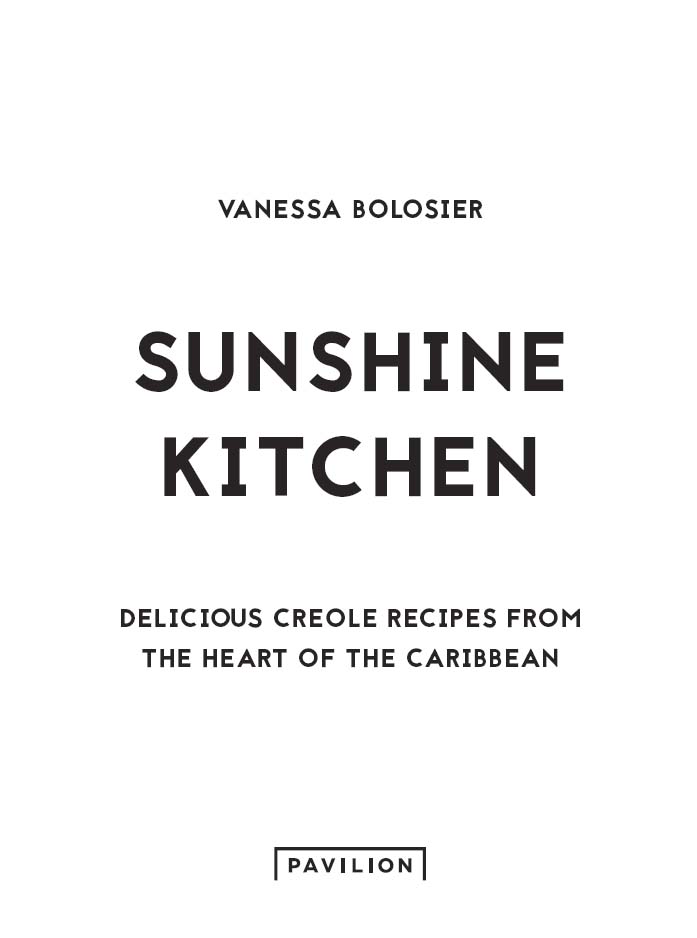

TO MY CREOLE KITCHEN
I want this book to bring people together around the thing that matters the most when you celebrate life on the islands: food. It includes some treasured memories, such as the first time I was allowed to make a meat stew for Sunday lunch, thereby joining my familys good cook club. It also looks at the traditions and festivals that give Creole cuisine its tempo. For instance, Christmas food was planned months ahead by fattening the pig for at least six months and drying orange peel to make the sacrosanct shrubb rum punch. Most of all, the food and drinks from my Creole kitchen are easy to make, easy to enjoy, easy to share. The recipes are based on classic dishes from Guadeloupe and Martinique; I have given them my personal touch and you can adapt them to your taste.
We are lucky to be living at a time when it is increasingly easy to find tropical vegetables and fruit in supermarkets, Asian and Afro-Caribbean shops and markets, but in some recipes I have also suggested alternative ingredients to enable you to make them wherever you are. I hope that these recipes will bring your friends and family together in the same way they have mine throughout the years. They will transport you to a tropical paradise and warm your heart and soul or better still, inspire you to visit the islands of the French Caribbean. My Creole Kitchen is for the curious and the adventurous cook, with delicious recipes from my kitchen to yours. 
Creole was born of the convergence of many different peoples and cultures. They needed fto communicate, and from that necessity arose a common language, albeit with a huge variety of dialects and accents, and a culture that embraces music and dance, art and architecture, folklore, myths, literature, games, rituals, festivals and, above all, food. The English word creole, the French crole, Spanish criollo and Portuguese crioulo all derive from the verb criar (to breed) and the Latin creare (to create). It is associated with people who were born in a former colony as opposed to those who migrated there as adults. My definition of Creole people, with regards to the Caribbean one that many people in the region will agree with is that they are the descendants of slaves and labourers from different parts of Africa and Asia, living together on islands colonized by the French and English. Creole people are mainly found in Haiti, Guadeloupe, Martinique, Dominica, French Guiana and Saint Lucia, and also in Louisiana, Mauritius, the Seychelles and Runion islands.
Other islands, such as Grenada, Saint Thomas and Trinidad, have a residual Creole culture. Im a Creole from the French Caribbean, so most of my focus is specifically on Guadeloupe and Martinique, where my parents were born. Guadeloupe and Martinique are overseas regions as well as dpartements of France, as are French Guiana in South America and Runion in the Indian Ocean. All these places are French governed, with French as the official language; the inhabitants are born French nationals, they study the French curriculum in schools and vote in all the French elections. They are part of the European Union scattered pieces of France between the Atlantic and Caribbean Sea.
It reflects the rich diversity of the environment in which it developed the land, the ocean, the climate and also the diversity of people on the islands. All these elements created a vibrant cuisine. And although some might see the history of my island developing through slavery as a cause of sorrow, I embrace it and find in it tremendous wealth. I would have to say that my African ancestors have had the greatest impact on my personal identity. However, I cant ignore the influence my Amerindian great-grandmother had on my father, who passed on his knowledge of food and cooking to me. I also cant ignore my European roots the result of a romance between a French pirate and an Amerindian he met and settled down with after he stopped off in Marie-Galante.
Creole cuisine is full of stories of that sort, with the richness that comes from the intermingling of the islands many settlers. AMERINDIANS The first settlers on the islands now known as the Petites Antilles (Lesser Antilles) were the Arawak, who arrived from South America in around 100BC. After the ninth century, the Arawak were conquered by another South American people, the Kalinas or Kalinago, better known as the Caribs. The Amerindians were hunters, fishermen and farmers. The early food culture was based on what was available on each island. The Amerindians of the Lesser Antilles were known as people of the sour cassava civilization.
They cleared land on which to grow cassava and maize. Cassava (also known as manioc or yucca) is a starchy tuberous root, which can be boiled and eaten or ground to make flour. The flour was primarily used to make kassav, a flatbread cooked on a large round skillet heated over a wood fire, or boucan. With the juice of sour cassava, they made ignari, a sauce with hot chilli peppers. They also made a fermented cassava drink called ouicou. The indigenous Caribbeans lived near rivers and on the coast. Crabs, conch, prawns (shrimp), crayfish, lobster, fish (such as grouper, tuna, snapper and shark), whale, dolphin and tortoises were the staples of their diets. They also hunted various birds, rabbits and other animals.
Font size:
Interval:
Bookmark:
Similar books «Sunshine Kitchen»
Look at similar books to Sunshine Kitchen. We have selected literature similar in name and meaning in the hope of providing readers with more options to find new, interesting, not yet read works.
Discussion, reviews of the book Sunshine Kitchen and just readers' own opinions. Leave your comments, write what you think about the work, its meaning or the main characters. Specify what exactly you liked and what you didn't like, and why you think so.

